
Ragtime, also spelled rag-time or rag time, is a musical style that had its peak from the 1890s to 1910s. Its cardinal trait is its syncopated or "ragged" rhythm. Ragtime was popularized during the early 20th century by composers such as Scott Joplin, James Scott and Joseph Lamb. Ragtime pieces are typically composed for and performed on piano, though the genre has been adapted for a variety of instruments and styles.

Scott Joplin was an American composer and pianist. Dubbed the "King of Ragtime", he composed more than 40 ragtime pieces, one ragtime ballet, and two operas. One of his first and most popular pieces, the "Maple Leaf Rag", became the genre's first and most influential hit, later being recognized as the quintessential rag. Joplin considered ragtime to be a form of classical music meant to be played in concert halls and largely disdained the performance of ragtime as honky tonk music most common in saloons.

Joseph Russel Robinson was an American ragtime, dixieland, and blues pianist and composer. He was a member of the Original Dixieland Jass Band.

Benjamin Robertson Harney was an American songwriter, entertainer, and pioneer of ragtime music. His 1896 composition "You've Been a Good Old Wagon but You Done Broke Down" is the second ragtime composition to be published and the first ragtime hit to reach the mainstream. The first Ragtime composition published was La Pas Ma La written by Ernest Hogan in 1895. It has been disputed by many historians on whether or not, "You've Been a Good Old Wagon but You Done Broke Down" was released in late 1895 or early 1896. On the front cover of "You've Been a Good Old Wagon but You Done Broke Down", it is listed as being copyrighted on 1895. However, on the first page, it is listed as being copyrighted in 1896. During the early years of Harney's career, he falsely promoted himself as being the inventor of ragtime and never acknowledged the genre's black origin. Many contemporary musicians criticized him for it. Although ragtime is now probably more associated with Scott Joplin, in 1924 The New York Times wrote that Ben Harney "Probably did more to popularize ragtime than any other person." Time magazine called him "Ragtime's Father" in 1938.

Charles Luckyth Roberts, better known as Luckey Roberts, was an American composer and stride pianist who worked in the jazz, ragtime, and blues styles. Roberts performed as musician, band/orchestra conductor, and dancer. He taught music and dance. He also owned a restaurant and bar in New York City and in Washington, D.C. Luckey Roberts noted compositions include "Junk Man Rag", "Moonlight Cocktail", "Pork and Beans" (1913), and "Railroad Blues".
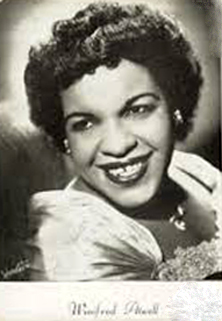
Una Winifred Atwell was a Trinidadian pianist who enjoyed great popularity in Britain and Australia from the 1950s with a series of boogie-woogie and ragtime hits, selling over 20 million records. She was the first black artist to have a number-one hit in the UK Singles Chart and as of 2023, remains the only female instrumentalist to do so.
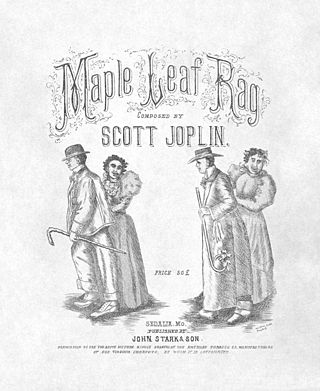
The "Maple Leaf Rag" is an early ragtime musical composition for piano composed by Scott Joplin. It was one of Joplin's early works, becoming the model for ragtime compositions by subsequent composers. It is one of the most famous of all ragtime pieces. Its success led to Joplin being dubbed the "King of Ragtime" by his contemporaries. The piece gave Joplin a steady if unspectacular income for the rest of his life.

George Botsford was an American composer of ragtime and other forms of music.

Thomas Million John Turpin was an African American composer of ragtime music.
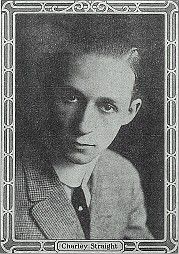
Charles Theodore "Charley" Straight was an American pianist, bandleader and composer.

"The Entertainer" is a 1902 classic piano rag written by Scott Joplin.

George Linus Cobb was an American composer. He composed over 200 pieces of music, including ragtime, marches, and waltzes. He also wrote columns for music trade publications.

Phil Ohman was an American film composer and pianist. He is most well known for his collaboration with fellow musician Victor Arden in the 1920s and 1930s.
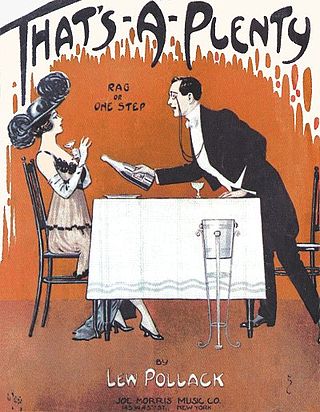
"That's a Plenty" is a 1914 ragtime piano composition by Lew Pollack. Lyrics by Ray Gilbert were added decades later. Several popular vocal versions have been recorded, but it is more often performed as an instrumental.
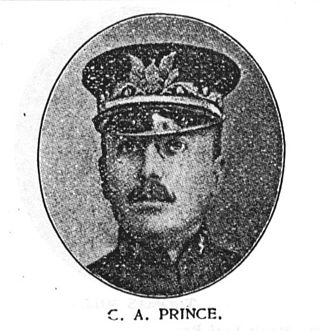
Charles Adams Prince was an American conductor, bandleader, pianist and organist known for conducting the Columbia Orchestra and, later, Prince's Band and Orchestra. He made his first recordings, as a pianist, in 1891 for the New York Phonograph Company. Later in the 1890s he worked as a musical director for Columbia Records. He also conducted the Columbia Orchestra and Columbia Band starting in 1904 as the successor of the cornetist Tom Clark.

"The Ragtime Dance" is a piece of ragtime music by Scott Joplin, first published in 1902.
Wallie Herzer(néWalter Henry Herzer; 15 April 1885 San Francisco – 15 October 1961 Redwood City, California) was an American composer of popular music, music publisher, and pianist. Herzer flourished in music prior to and during World War I.

Julius Lenzberg was an American composer of ragtime and jazz of German descent. He recorded a substantial number of jazz pieces with orchestra between 1919 and 1922, in addition to ragtime music such as his popular Hungarian Rag of 1913.

















